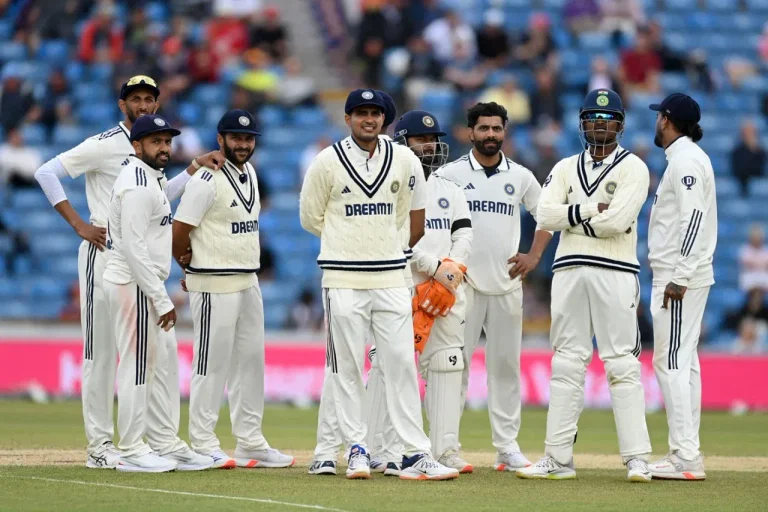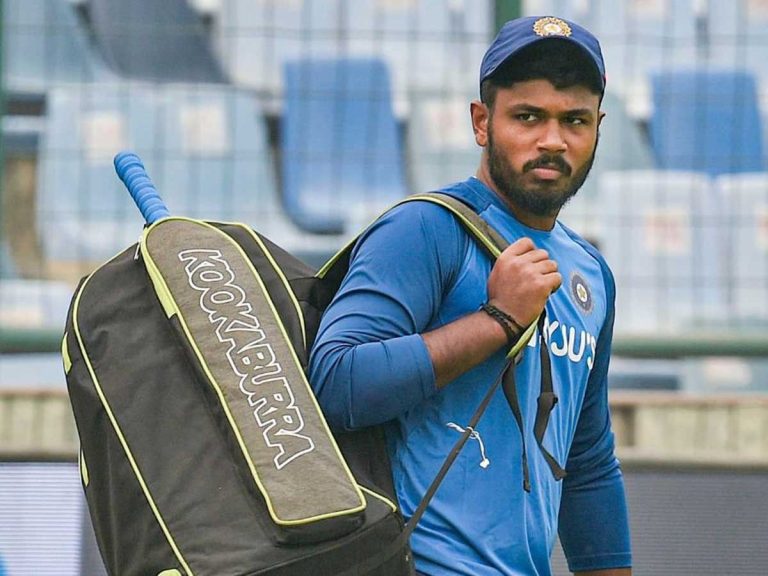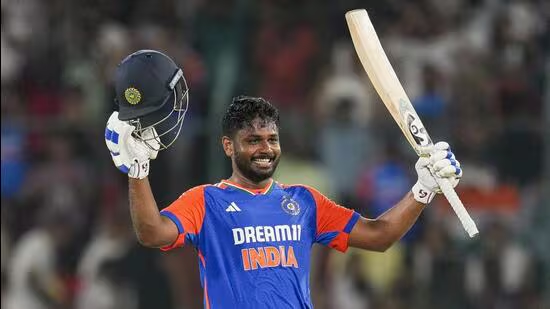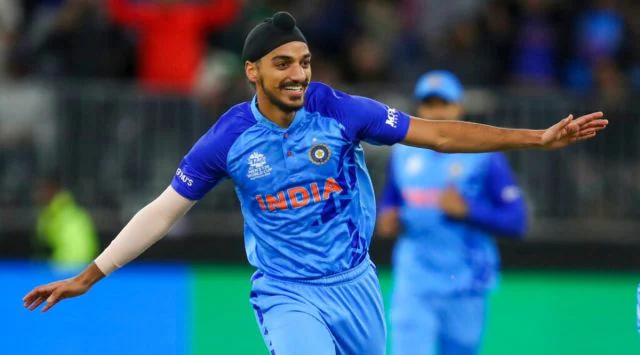
Shubman Gill’s confirmed move to bat at number 4 in Test cricket represents a significant tactical evolution in India’s batting strategy. Following Virat Kohli’s retirement, this positional change places the 25-year-old Punjab batsman in one of the most challenging and crucial spots in the batting order.
Technical Assessment
Strengths at No. 4 Position
Tempo Management: Gill’s natural ability to accelerate when needed makes him ideal for the middle-order role where he can either consolidate or counter-attack based on match situations. His strike rate variations show adaptability crucial for the number 4 position.
Technical Soundness: Having established himself as the top-ranked ODI batsman globally, Gill possesses the technical foundation to handle varied bowling conditions. His right-handed stance provides balance to India’s batting lineup composition.
Pressure Handling: The transition from opening/number 3 to number 4 demonstrates his versatility. His experience as Gujarat Titans captain in IPL indicates leadership qualities that translate to handling pressure situations.
Potential Challenges
Middle-Order Adjustment: Traditionally an opener or number 3 batsman, Gill must adapt to coming in during different phases of play. The timing of innings entry varies significantly at number 4, requiring tactical flexibility.
Spin Vulnerability: Test matches often see established spinners operating when the number 4 batsman arrives. Gill’s record against quality spin bowling in subcontinental conditions needs continuous improvement.
Converting Starts: While Gill shows consistency in getting starts, the number 4 position demands higher conversion rates of 50+ scores into centuries, especially in challenging overseas conditions.
Statistical Context
Currently ranked 24th in ICC Test batting rankings with 631 points, Gill’s Test record shows promise but requires enhancement for the number 4 role. His number 1 ODI ranking (784 points) demonstrates his white-ball prowess, but Test cricket demands different skill sets.
The move from his preferred number 3 position, where he previously stated his desire to “consolidate,” to number 4 suggests tactical team requirements overriding personal preferences.
Strategic Implications
Partnership Building: The Gill-Pant combination at 4-5 provides India with two aggressive batsmen capable of dominating bowling attacks. Their established off-field camaraderie, as Pant noted, should translate into effective on-field partnerships.
Batting Depth: This arrangement allows India to strengthen their middle order while maintaining flexibility in the top 3 positions. The move provides tactical options for different conditions and oppositions.
Long-term Vision: At 25, Gill has sufficient time to establish himself in this crucial position, potentially becoming India’s cornerstone number 4 batsman for the next decade.
Critical Concerns
Consistency Issues: Gill’s tendency for inconsistent performances in Test cricket becomes more problematic at number 4, where stability is paramount. His ability to perform consistently across different conditions remains questionable.
Pace Bowling Challenges: Against quality pace bowling, particularly in overseas conditions, Gill’s technique occasionally appears vulnerable. The number 4 position often faces fresh pace bowlers or aggressive spells.
Mental Pressure: The weight of replacing Kohli’s legacy at number 4, combined with being India’s premier young batting talent, creates immense psychological pressure that could affect performance.
Recommendations
1. Technical Refinement: Focus on improving back-foot play against short-pitched bowling
2. Spin Mastery: Develop more attacking options against quality spin bowling
3. Conversion Rate: Work specifically on converting 50+ scores into match-defining centuries
4. Situational Awareness: Enhance game awareness for different match situations at number 4
5. Fitness Focus: Maintain peak physical condition for the demanding middle-order role
Conclusion
Gill’s move to number 4 represents both opportunity and challenge. While his technical ability and temperament suggest potential success, the transition requires careful management and tactical support. His success in this position will significantly impact India’s Test cricket fortunes, making this one of the most crucial positional experiments in recent Indian cricket.
The partnership with Pant at 4-5 could define India’s middle-order for years, but Gill must overcome his consistency issues and adapt quickly to justify this strategic gamble.






